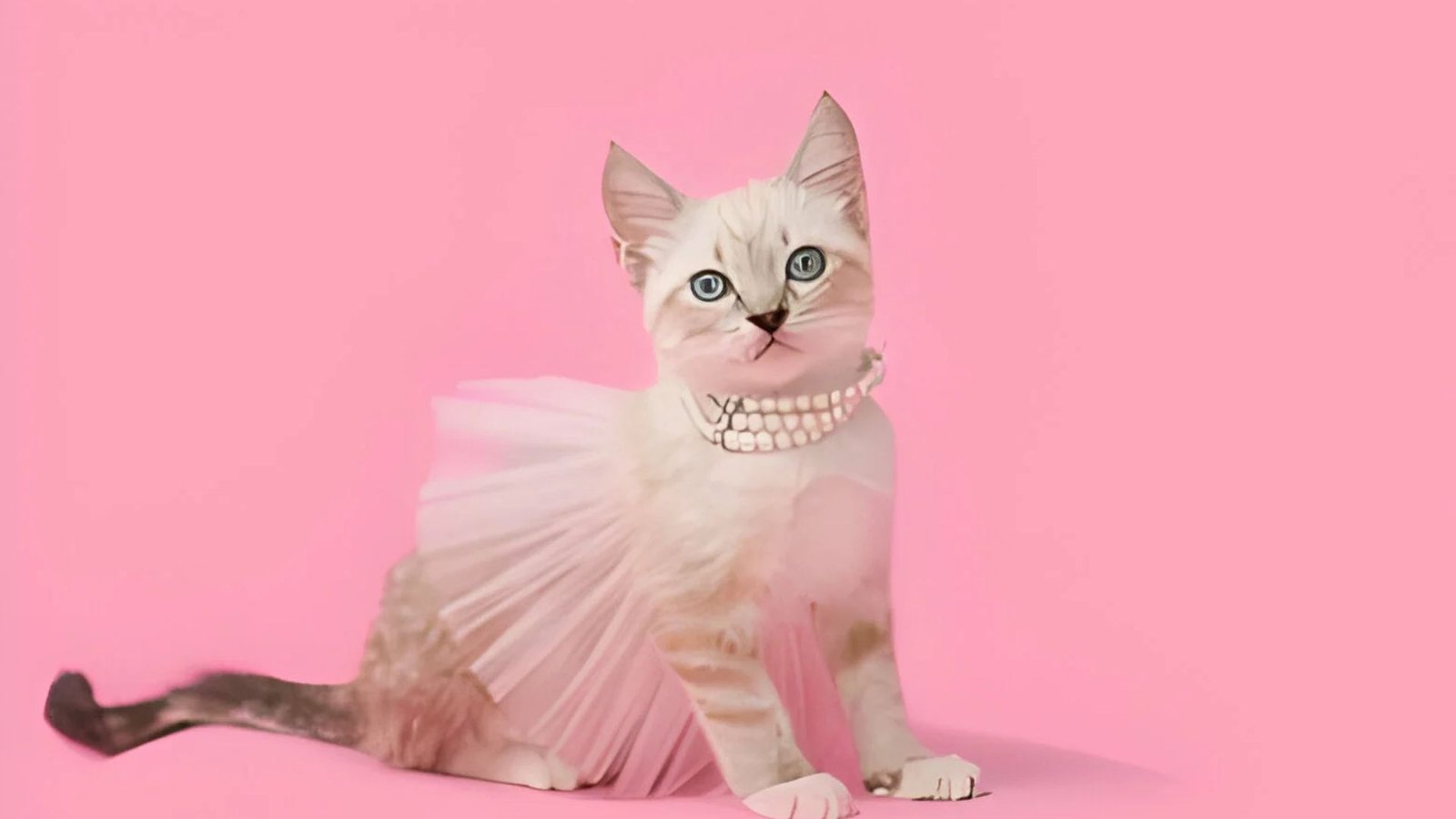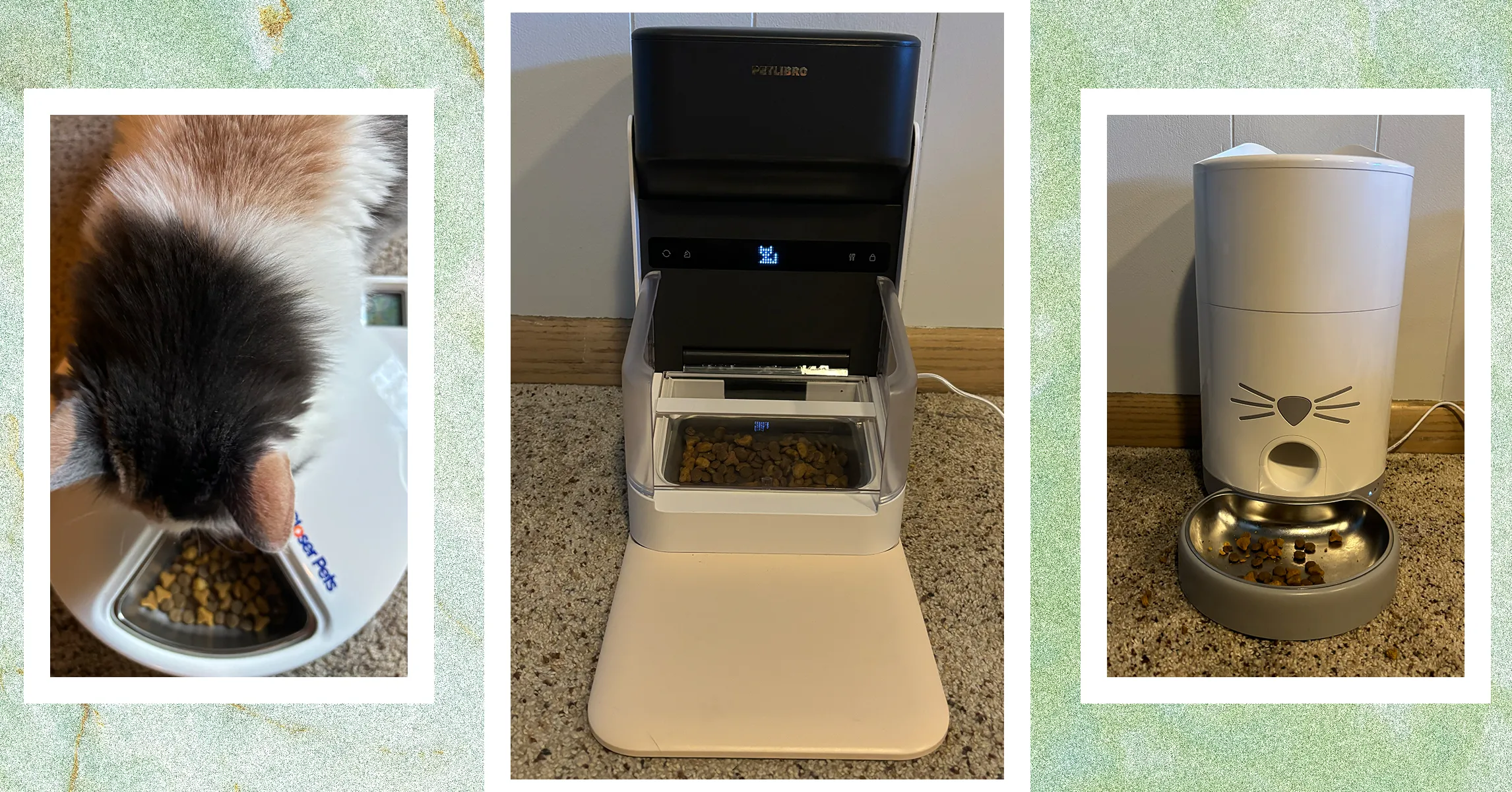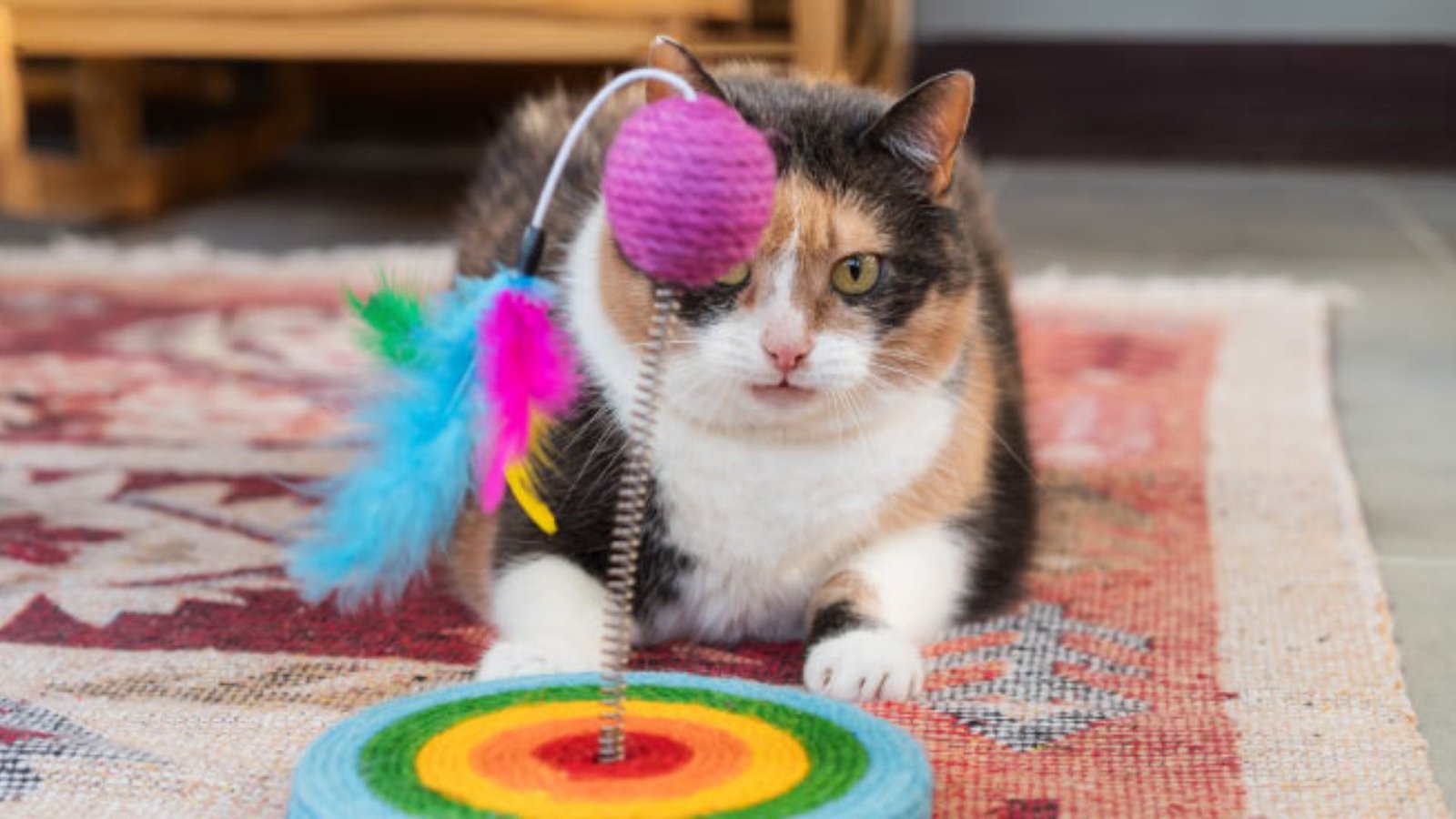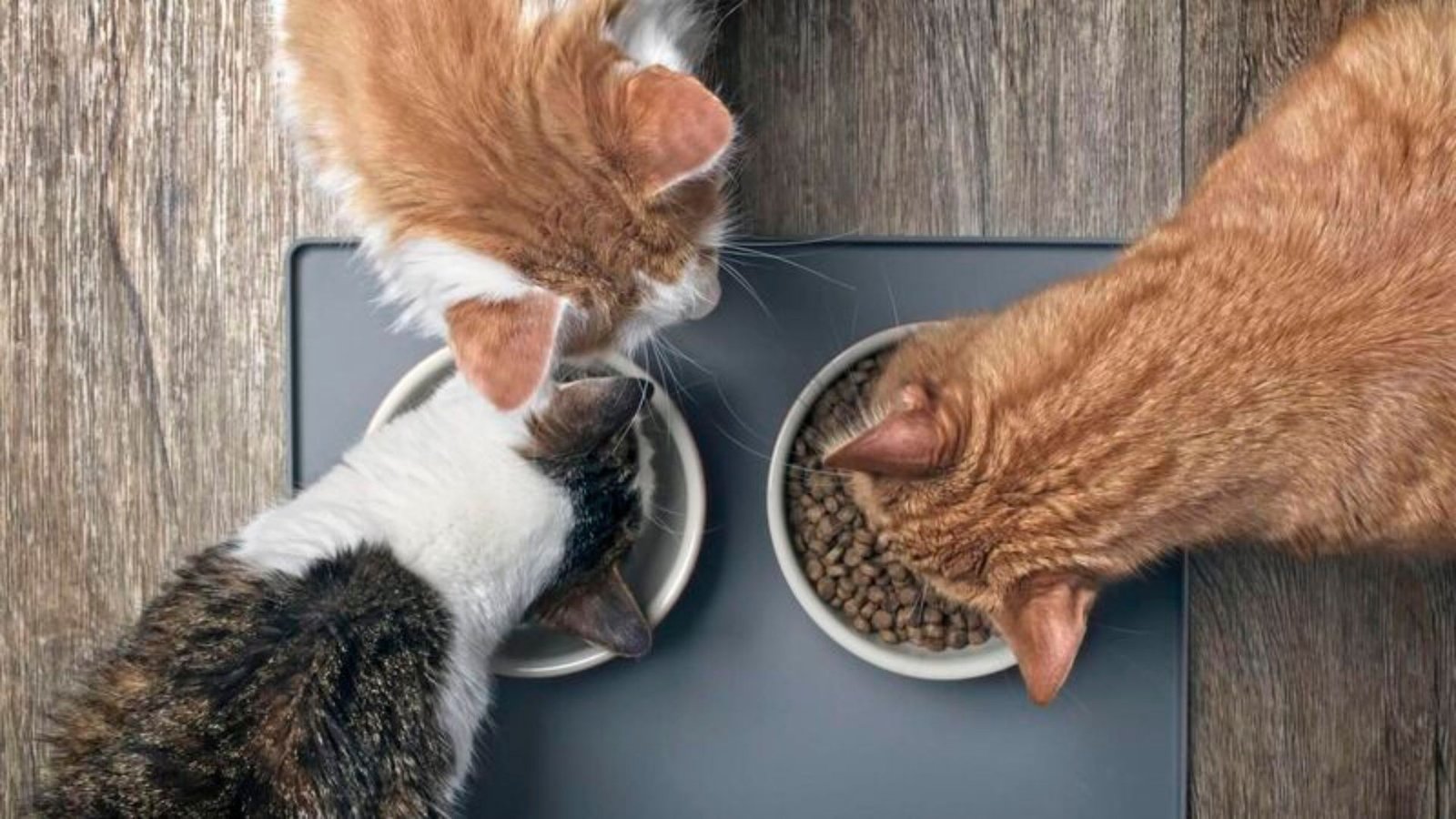Choosing the right cat accessories can make a huge difference in your cat’s comfort, health, and happiness. Whether you’re a new cat owner or just looking to update your pet’s accessories, it’s essential to select items that are safe, practical, and suited to your cat’s individual needs. In this guide, we’ll walk you through how to choose the best cat accessories that will enrich your cat’s life.
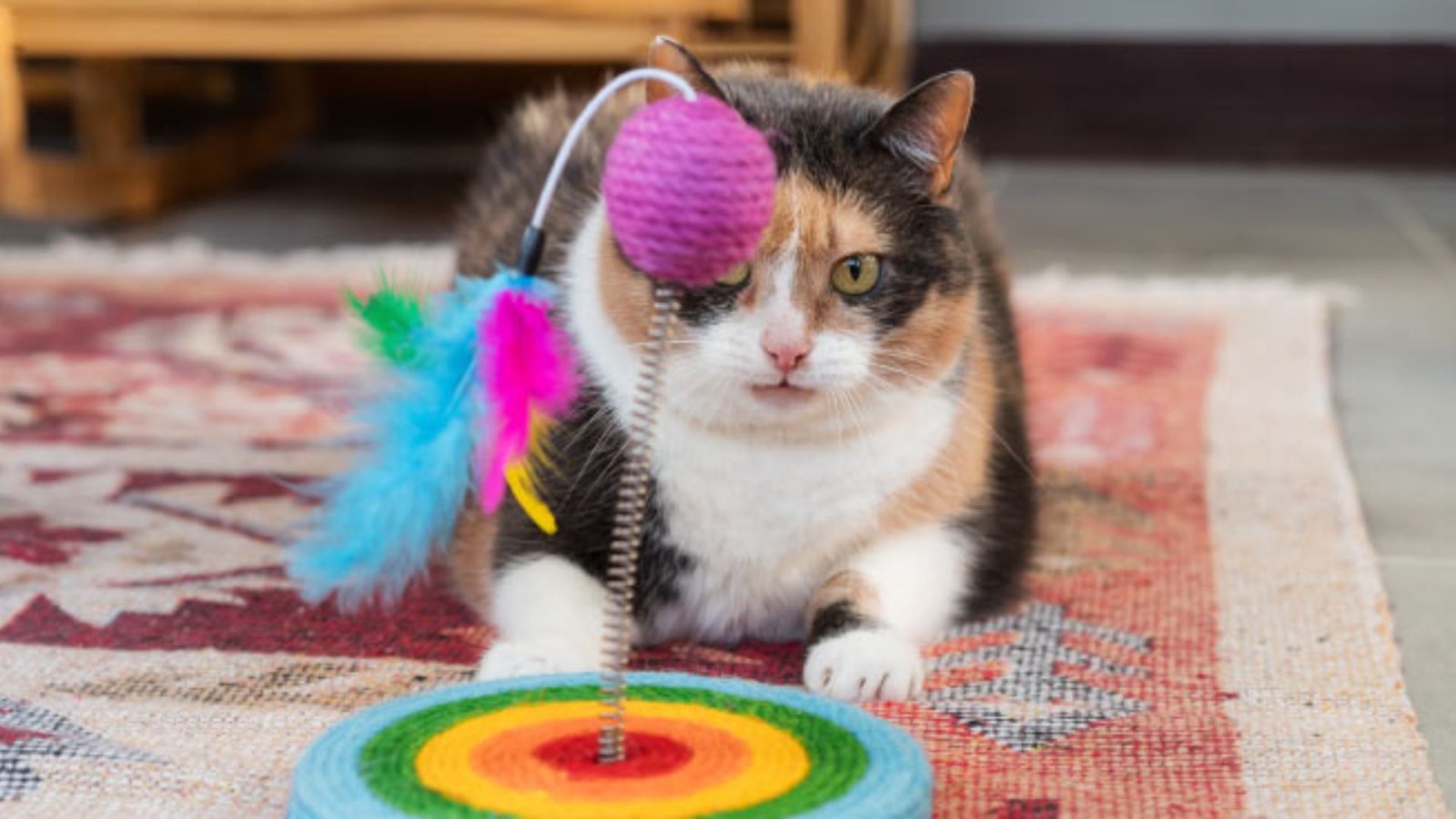
1. Consider Your Cat’s Age and Health
Before you buy any accessories, think about your cat’s age, health, and activity level. Kittens, adult cats, and senior cats all have different needs, so their accessories should reflect that.
- Kittens: Kittens are curious and energetic. Look for toys that stimulate their hunting instincts, such as soft balls, feather wands, and interactive toys. You might also want a comfortable, soft bed and a safe scratching post to help them grow strong.
- Adult Cats: Adult cats enjoy a mix of comfort and stimulation. Choose durable toys, scratching posts, and cozy beds. Consider a high-quality litter box and a water fountain to keep your cat hydrated.
- Senior Cats: Older cats may have specific needs, like joint support or softer bedding. Choose beds with memory foam or heated options, and make sure to select litter boxes with low sides for easy access. You may also want calming toys or accessories if your cat suffers from anxiety.
2. Focus on Safety First
Safety is the most important factor when choosing any cat accessory. Your cat will interact with these items frequently, so it’s essential that they are safe to use. Look for:
- Non-toxic materials: Ensure that toys, beds, and accessories are made from safe, non-toxic materials. Check for any small parts that could be a choking hazard.
- Durability: Cats are natural chewers and scratchers, so make sure the accessories are durable enough to withstand wear and tear.
- Secure fastenings: If the accessory has any attachments, like a collar, ensure that it has a breakaway mechanism to prevent choking in case it gets caught on something.
Avoid accessories with small parts or sharp edges, and always buy from trusted brands that adhere to safety standards.
3. Choose Toys That Match Your Cat’s Personality
Cats have unique personalities, so the toys you choose should fit their preferences. Here’s a quick guide to help you select the right toys based on your cat’s personality:
- Active or Playful Cats: Cats who love to chase or pounce will enjoy toys that simulate prey. Look for feather wands, laser pointers, or interactive puzzle toys that challenge their minds.
- Lazy Cats: Cats who prefer lounging will enjoy simple toys like plush mice or balls they can bat around gently. A cozy bed or a hammock is also a great choice for a lazy cat.
- Curious Cats: Cats who love exploring and learning will benefit from puzzle feeders or toys that require them to solve a problem to get a reward.
- Cats Who Like Solitude: Some cats prefer to entertain themselves. For these independent types, consider puzzle toys, treat-dispensing toys, or interactive toys they can use alone.
4. Invest in Comfortable Cat Beds and Furniture
A cat’s bed is their sanctuary—a place to sleep, relax, and feel secure. When choosing a bed, consider the following:
- Material: Look for soft, washable materials that will keep your cat warm and comfortable. Memory foam beds are perfect for older cats who need joint support, while plush beds are ideal for young cats who love to curl up.
- Shape: Cats often prefer beds that provide some level of security. Cave-style beds or those with raised sides offer a sense of enclosure, while flat mats or pads may be better for cats that prefer stretching out.
- Location: Think about where your cat will be most comfortable. Some cats like to sleep in high places, so a cat tree or elevated bed might be ideal. Others prefer quieter areas, so a bed placed in a peaceful corner will work best.
If space allows, invest in a cat tree or cat condo that offers multiple levels for climbing, scratching, and relaxing. These provide mental stimulation and a place for your cat to exercise.
5. Select the Right Scratching Post
Scratching is a natural behavior for cats, so providing a scratching post or pad is essential. When choosing the right scratching post, keep these tips in mind:
- Material: Cats generally prefer scratching posts made from sisal rope, cardboard, or wood. These materials allow them to scratch effectively and help keep their claws healthy.
- Height: The scratching post should be tall enough for your cat to fully stretch. Look for posts that are at least 2-3 feet tall, especially for active cats.
- Stability: Ensure that the scratching post is stable and won’t tip over when your cat uses it. This will prevent frustration and encourage your cat to continue using it.
- Multi-functionality: Consider getting a scratching post that also functions as a cat tree or includes other features like platforms for lounging.
Make sure to place the scratching post in a spot where your cat likes to scratch, like near their favorite resting area or where they’ve scratched your furniture.
6. Choose the Right Litter Box
Your cat’s litter box is an important accessory that directly impacts their comfort and health. Here’s how to choose the right one:
- Size: Make sure the litter box is big enough for your cat to move around comfortably. They should be able to turn around and dig without feeling cramped.
- Type: There are many different types of litter boxes available:
- Covered boxes: These provide privacy and help control odor but may be less comfortable for some cats.
- Open boxes: These are preferred by many cats since they allow for easy access and better air circulation.
- Self-cleaning boxes: These can save time on cleaning but may not be suitable for all cats.
- Ease of Cleaning: Choose a litter box that is easy to clean. A removable tray or one with high sides can help prevent spills and make scooping easier.
Keep the litter box clean by scooping it daily and washing it thoroughly once a week.
7. Look for Practical Accessories for Travel
If you need to transport your cat to the vet or on trips, a good cat carrier is essential. When choosing a carrier:
- Comfort: Look for a carrier with soft bedding and good ventilation. A comfortable, secure space will reduce stress during travel.
- Size: The carrier should be large enough for your cat to stand, turn around, and lie down comfortably.
- Ease of Use: A carrier with a top-loading or front-opening door can make it easier to get your cat inside without causing anxiety.
Make sure the carrier is sturdy and easy to clean for the best experience during travel.
8. Don’t Forget the Essentials
Other essential accessories for indoor cats include food and water bowls. Look for bowls that are:
- Non-slip: Choose bowls with a non-slip base to prevent spills during meals.
- Easy to clean: Stainless steel or ceramic bowls are easy to clean and more hygienic than plastic.
- Appropriate size: Make sure the bowls are the right size for your cat’s needs—too big or too small can be uncomfortable for them.
Conclusion
When it comes to choosing the right cat accessories, the most important factors are your cat’s safety, comfort, and individual preferences. By considering your cat’s age, health, and personality, you can select the perfect accessories to keep them entertained, relaxed, and happy. From comfortable beds and scratching posts to interactive toys and high-quality litter boxes, investing in the right accessories will improve your cat’s quality of life and strengthen the bond you share.

